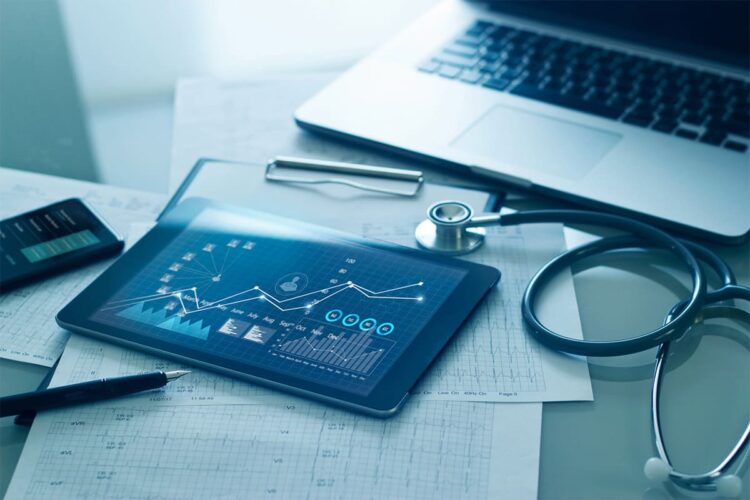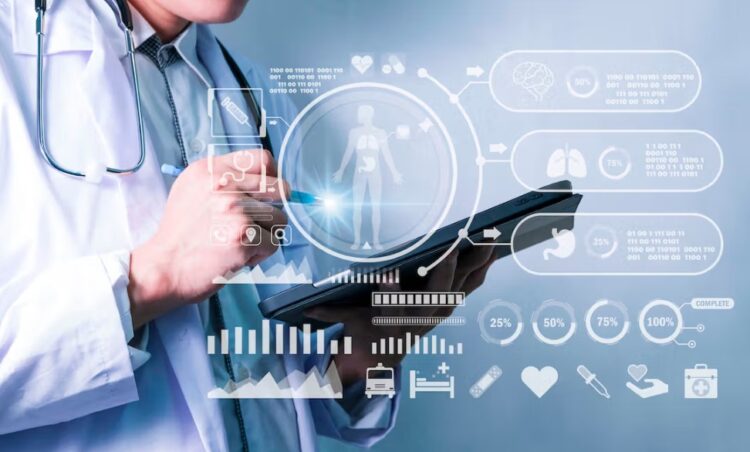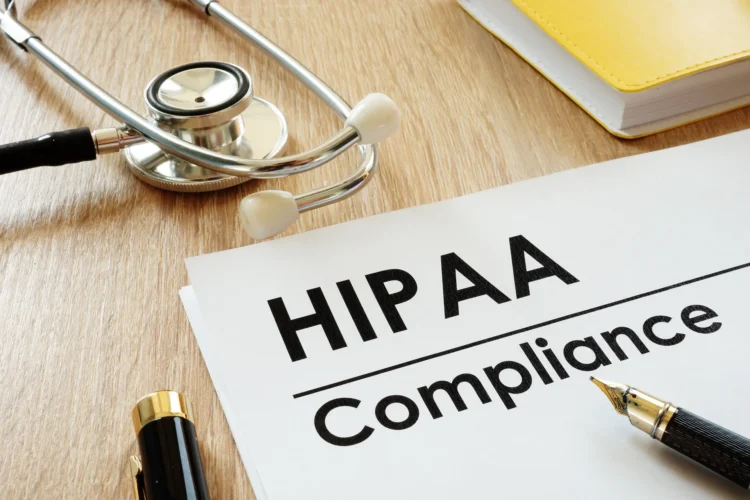Electronic Health Record (EHR) systems have revolutionized the healthcare industry by offering a digitized version of a patient’s paper chart. These systems are integral in ensuring efficient patient care, maintaining medical history records, and supporting care-related activities.
A well-designed EHR system can transform the workings of healthcare facilities, providing seamless access to patient data and enhancing the decision-making process. Choosing the right EHR system, with its myriad of features, can be a daunting task for any healthcare provider. Below, we explore the key functionalities and must-have features that can make an EHR system a powerful tool for modern medical practices.
Page Contents
1. User Experience and Technical Support ─ Key Considerations for EHR Adoption
A successful EHR adoption depends on a superior user experience. Clear, responsive interfaces designed with end-users in mind minimize the learning curve and enhance efficiency for clinical staff. Customizable dashboards and real-time data presentation are essential EHR software features that help providers quickly access patient metrics and make informed decisions, improving both care quality and outcomes.
Equally important is robust technical support, including 24/7 help desks, training, and ongoing system maintenance. Beyond troubleshooting, regular updates with new features and user-driven enhancements ensure the system evolves with technological advances, reflecting the vendor’s commitment to reliability and client satisfaction.

Source: bouve.northeastern.edu
2. The Role of Customization and Scalability in EHR Systems
Healthcare practices require flexible and scalable Electronic Health Records (EHR) systems to meet evolving needs. Customization allows healthcare providers to customize software interfaces and workflows, enhancing user satisfaction and productivity. Scalability allows healthcare organizations to expand patient capacity and service offerings without system overhauls, indicating a system’s longevity and adaptability to future challenges.
Clinical templates should be customizable, catering to various specialties or conditions, ensuring quick and comprehensive patient documentation. Integrating with third-party applications and services can extend EHR system functionality, allowing practices to add services like telemedicine, advanced analytics, or patient engagement tools as their needs evolve and technological advancements are made. EHR systems must be adaptable and flexible to meet the evolving needs of the healthcare sector.

Source: medicaleconomics.com
3. Ensuring Interoperability and Data Integration for Comprehensive Care
EHR software’s interoperability with other systems and platforms is crucial for comprehensive patient care. It facilitates the seamless exchange of patient data among healthcare stakeholders, such as pharmacies, laboratories, and specialists. Data integration is another pillar of comprehensive care, enabling EHR systems to aggregate and organize data from multiple sources, such as wearable devices and patient-entered information, to provide a cohesive picture of a patient’s health status.
Standard health information exchange protocols, like HL7 or FHIR, are essential for effective data transfer across EHR systems and healthcare providers while maintaining data integrity and confidentiality. Effective data integration also supports patient-centered initiatives, such as patient portals, which provide access to health records, appointment scheduling, and direct communication with healthcare providers, enhancing patient engagement and satisfaction.
4. Prioritizing Security and Compliance within Electronic Health Records
EHR systems must prioritize security due to increasing cyber threats. Providers should use robust data encryption, secure user authentication, and regular security updates to protect patient information. Compliance with industry standards and regulations, such as HIPAA, is crucial. Comprehensive audit trails help monitor and record access and actions, providing transparency and accountability.
Data backup and recovery features ensure patient data is not lost in case of system failures or disasters. Robust recovery processes maintain continuity of care. User training on privacy and security best practices is essential for maintaining the integrity of electronic health records. An EHR system with built-in guidance and resources can help mitigate risks associated with human error.

Source: calystaemr.com
5. Understanding the Core Functionality of EHR Software
EHR software’s core functionality involves the storage, retrieval, and updating of patient health records. It should offer intuitive navigation and efficient document management, facilitating easy entry of patient information like medical history, treatment plans, and diagnostic records. EHR systems should track patient encounters and appointments, enabling better workflow management and reduced no-shows.
Prescription and order management should be included, allowing for easy creation, submission, and tracking of medical prescriptions, including checking against allergies and previous medications. Lab order integration can further streamline the process.
Support for diverse medical billing processes is crucial, with features like coding assistance, claims management, and revenue cycle analytics ensuring financial aspects are integrated with patient care. An adaptable EHR platform should support diverse medical billing processes.
Altogether, the most effective EHR systems are those that balance comprehensive functionality with an emphasis on user experience, interoperability, and stringent security measures. These factors, coupled with a provider’s readiness to scale and customize, are instrumental in facilitating seamless, efficient, and secure health service delivery. By prioritizing these essential elements, healthcare organizations can ensure they invest in an EHR solution that meets both current demands and future challenges.





